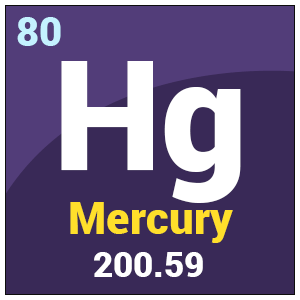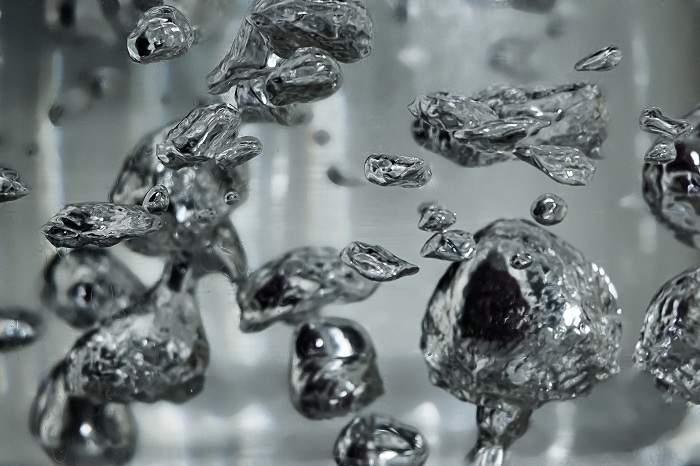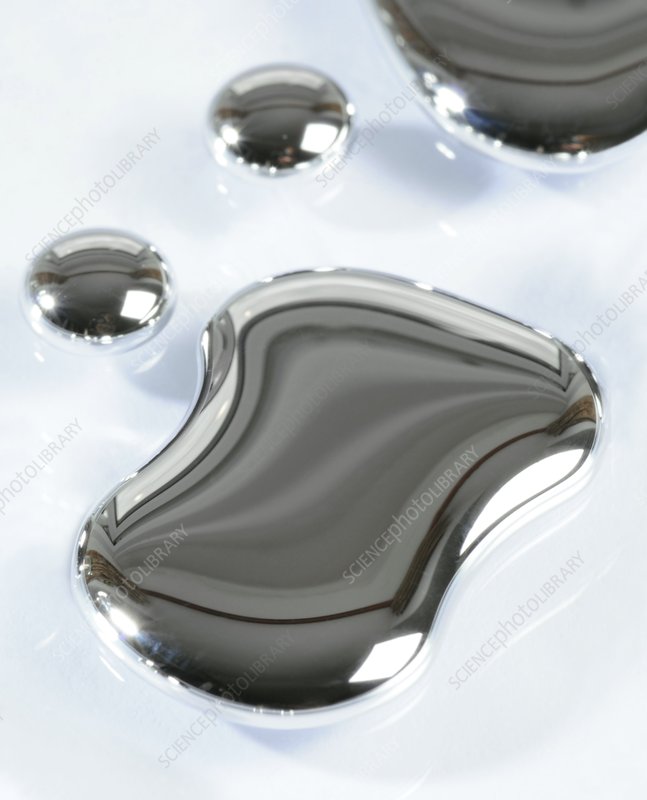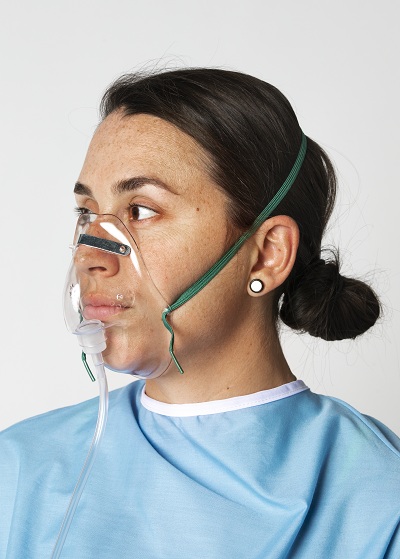Mercury is an element that naturally occurs in the environment. It’s in the air that you breathe, the water that you drink, and the soil that grows your food. In low levels, mercury isn’t a problem.
However, exposure to high levels of mercury can cause some serious health and skin issues, making it important to understand the sources, symptoms, and treatment options for mercury poisoning.
Contents
- What Has Mercury in it? A List of Common Sources of Mercury Exposure
- What Does Mercury Do to the Human Body & What Are the Effects of Mercury on Skin?
- Treatment & Prevention: Is There a Cure? Here’s What to Do if Your System Contains High Levels of Mercury Toxin
- FAQ:
- Keep Yourself Safe From the Dangerous Side Effects of Mercury
What Has Mercury in it? A List of Common Sources of Mercury Exposure

There are a variety of different sources that contain mercury. Let’s take a look at some of the most common:
Mercury in Food: Problematic Fish
Methylmercury is a very toxic form of mercury, and this often builds up in the bodies of certain fish.
Once you eat those fish, then this means that the mercury enters your own body. Some of the biggest fishy culprits of mercury poisoning cases are:
- King mackerel
- Swordfish
- Shark
- Tilefish
- Ahi and big-eye tuna
Broken Mercury Products, Such as a Broken Thermometer
Many products, from thermometers to batteries to low-energy lightbulbs, contain mercury. If these break, then that leaves your body and skin exposed to the toxin.
Apart from rashes and changes in skin color, mercury can cause numerous other skin and health problems as you will see further in this article. (If you are struggling with skin discoloration, try out some of the skin lightening creams containing azelaic acid. Read our article: Azelaic Acid for Skin Brightening to learn more about this ingredient.)
Organic Mercury in Burning Coal
When coal is burned, this produces organic mercury. However, don’t let the term “organic” fool you – it’s just as dangerous as inorganic forms of mercury.
What Does Mercury Do to the Human Body & What Are the Effects of Mercury on Skin?
So, what are the effects of mercury on skin and body? What actually happens if you’re exposed to high levels of mercury? This all depends on the type of mercury that you’ve been exposed to, as well as the type of exposure (eg. Inhalation vs ingestion).
Your age, plus exposure duration, also plays a role in the symptoms that you’ll experience.

Skin Rashes and Dermatitis on the Face & Body
This usually develops due to inorganic mercury exposure. However, direct exposure to organic mercury can also cause numbness or pain in the skin.
Nervous System Signs
Long-term exposure to mercury can cause problems with the nervous system. These include twitching, tremors, weakness, and changes in nerve responses.
Emotional Changes After Over-Exposure to the Mercury Element
Mercury can affect your mental state too. Symptoms include mood swings, anxiety, nervousness, and shyness.
Excessive Mercury Inhalation Causes Death
High levels of mercury, especially when inhaled, can be fatal. Respiratory problems are usually the first sign of serious mercury poisoning, followed by death.

Treatment & Prevention: Is There a Cure? Here’s What to Do if Your System Contains High Levels of Mercury Toxin
Prevention is always better than cure, so let’s look at prevention methods before discussing treatment options.
Preventing a Mercury Overdose in Humans

For starters, when it comes to the food that you eat, do some research into the types of seafood that contain the most mercury.
We’ve listed some above, but there are many more, so try to cut back on how often you eat them.
The same applies to any fish oil supplements that you take – make sure that these don’t come from a fish that contains high levels of mercury.
When it comes to exposure from a broken mercury-containing device, the first thing that you should do is ask everyone to leave the room and then ventilate it as much as possible.
Then, use a syringe, an eyedropper, or some sticky tape to pick up the mercury droplets. Place these into a lidded container and find out how to safely dispose of them in your area.
Any contaminated items that are absorbable, such as clothing or carpet, will need to be carefully removed and discarded.
How to Treat Mercury Poisoning in Adults
To start with, you’ll need a doctor to diagnose your mercury poisoning. This can be done through blood and urine tests. That said, if symptoms are severe, your doctor will likely want to begin treatment before test results come back, since this can take a while.
The most common form of treatment for mercury poisoning is chelation therapy. Chelators are medicines that are effective at removing mercury from the blood. They work by binding themselves to the element, allowing your body to eliminate it.
However, there are other treatment options too. Mercury inhalation is sometimes treated with humidified oxygen and a ventilator. Your doctor may also wish to suction the mercury from your lungs.
FAQ:

Q: What happens if you drink mercury?
Effects of mercury on skin and body will quickly become visible. Drinking mercury would cause your blood flow to slow down, which could lead to your heart shutting down. Kidney problems, including renal cancer, would also be a concern.
Q: How to test for mercury poisoning from fillings?
Urine, fecal, and blood tests are the best way to test for mercury poisoning from fillings.
Q: What are the symptoms of mercury poisoning? What does mercury poisoning look like?
The symptoms of mercury poisoning can vary. They include skin rashes, nervous system problems, mood swings, other emotional changes, and respiratory problems.
Q: Why is mercury dangerous?
Mercury is dangerous because it can affect your health in so many negative ways.
Q: Can liquid mercury be absorbed through the skin?
Yes, although it occurs at a very slow rate, liquid mercury can be absorbed through the skin.
Q: Does tuna contain mercury?
Yes, tuna contains mercury, with some species of tuna being higher in mercury than others.
Q: What is the best drug or antidote for mercury poisoning?
Chelating agents are the best antidote for mercury poisoning.
Q: Is it possible to have an allergy to mercury?
Yes, it’s possible to have an allergy to certain types of mercury.
Q: How long does mercury vapor stay in the air?
Mercury vapor can remain in the air for up to one year. What makes it even more dangerous is the fact that it’s invisible and odorless.
Q: What does mercury do to your blood?
High levels of mercury in your blood can cause neurological problems in the long term.
ALSO READ: Best Skin Whitening Body Lotion
Keep Yourself Safe From the Dangerous Side Effects of Mercury
You don’t need to worry too much about small amounts of mercury exposure – these are unlikely to cause serious long-term effects. However, if you’ve breathed in, touched, or ingested a larger amount of mercury, it’s important to seek medical attention immediately.
To protect your skin from damages caused by mercury, it’s better to avoid it. Do not try to use it on your skin. Instead, you can get some of the safe skin care products available on the market today such as skin lightening creams. Read our guide to see what are our favorite skin lightening creams.